Invasive ground cover plants to avoid – 8 species to watch out for in your yard
You may admire their pretty foliage, but left unchecked these plants can smother your flowers and take over in the backyard
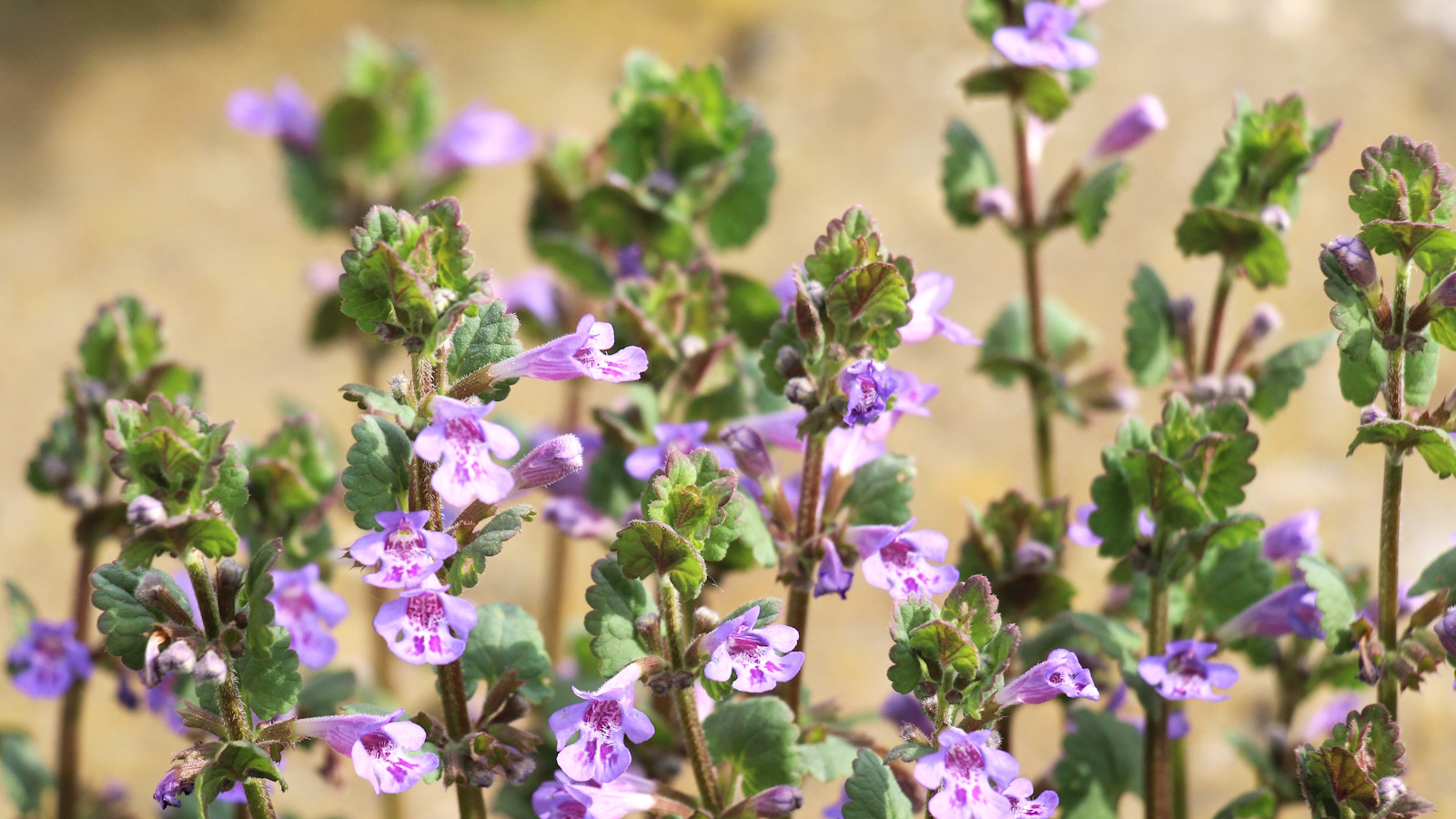

Invasive ground cover plants are the uninvited garden guests that never want to leave. They take root and squat determinedly in your beds, spreading outwards and enveloping your other flowers or running rampant over your lawn. In some cases, these pernicious intruders can even threaten the structure of your house.
When it comes to some of the hardest invasive plants to get rid of, my particular bête noire (or should that be bête vert?) is bindweed, also known as Convolvulus arvensis, which winds its way around plants and bushes and up the trellis on my fences. Some may like its white, trumpet-shaped flowers, but I see them overwhelming the carefully selected and purposefully planted contents of my garden beds.
We are here to help you break the cycle of doing battle with your backyard to control the invasive ground cover plants threatening to unashamedly carpet your flower beds. We have expert advice on what to avoid if you want a garden that's easy to maintain, and what to do if your ground cover foliage is getting out of control.
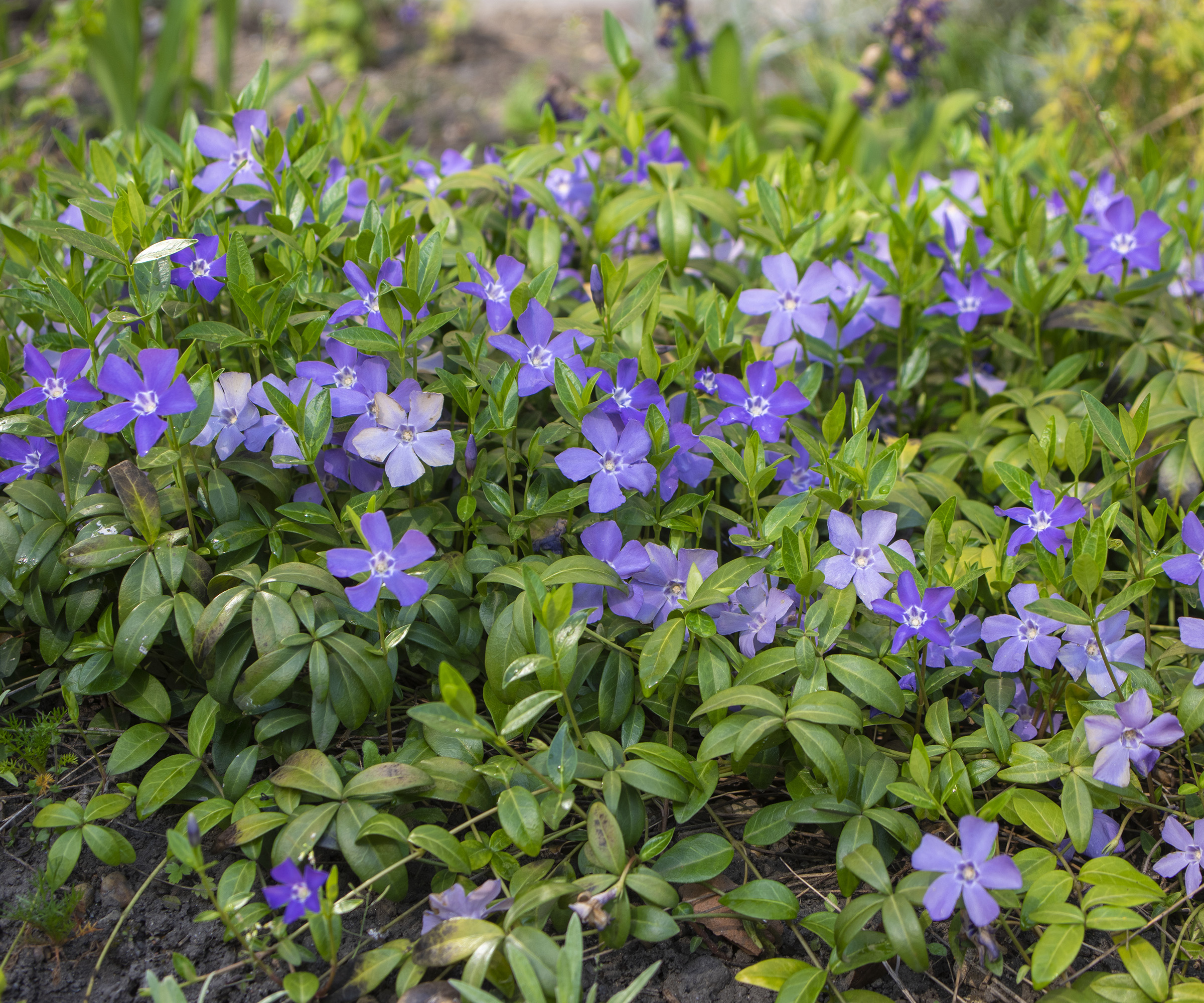
8 invasive ground cover plants to think twice about planting in your yard
If maintained with care and a fastidious gardening eye, these plants can bring many benefits to your yard, but left unchecked they will take over.
1. Creeping Jenny (Lysimachia nummularia)
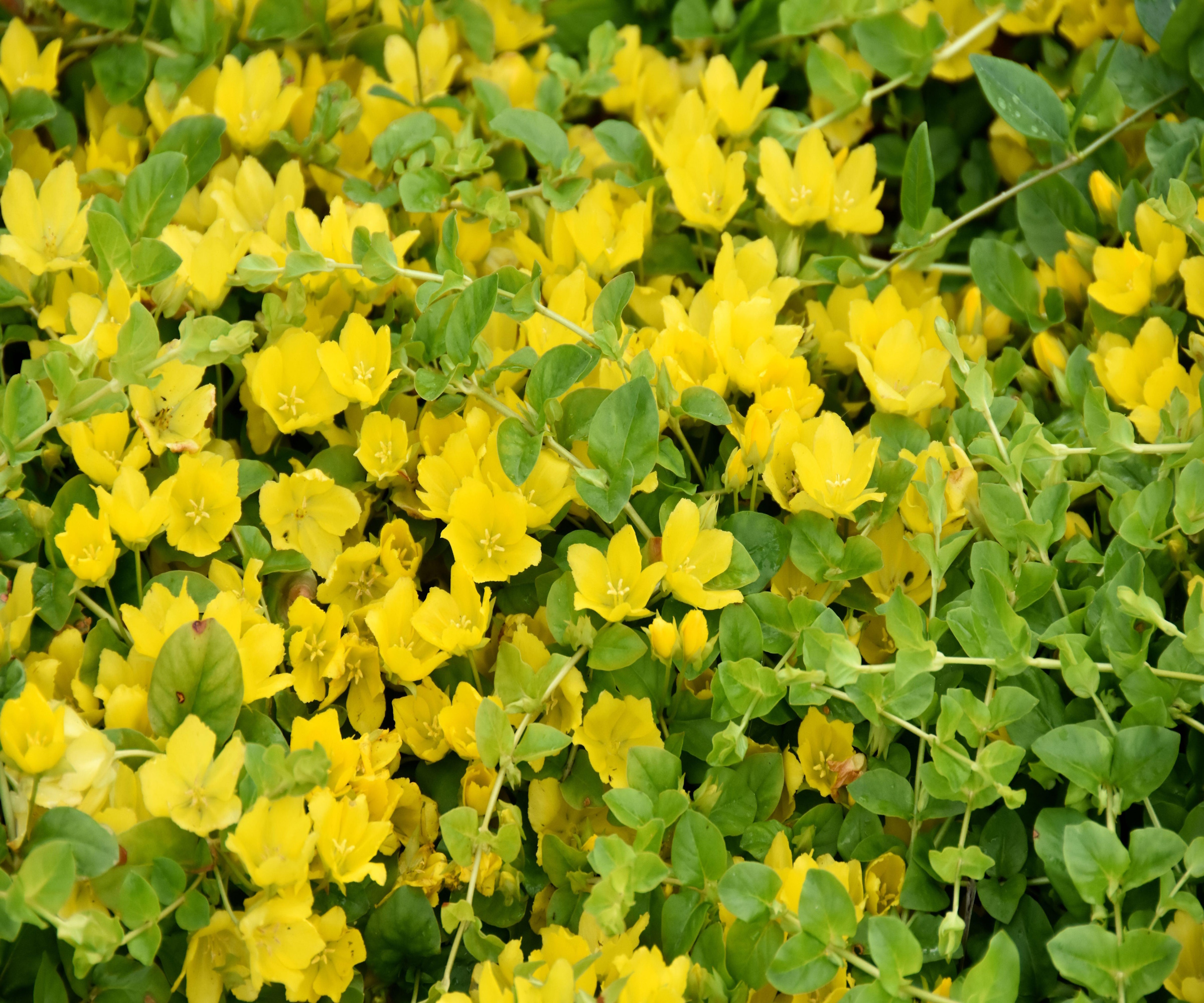
The aptly named creeping Jenny will spread down the sides of planters in long, thin strands and can quickly get out of hand if left unchecked.
‘Recognizable by its round, bright green leaves and yellow flowers, creeping Jenny is often used for its attractive appearance,’ says landscape designer Bob Berriz. ‘It thrives in moist areas and can overrun gardens rapidly.
‘Physical removal is key,' he adds. 'Pull out the plants by hand, ensuring all roots are removed. Mulching and using landscape fabric, (such as this easy-to-use roll from Amazon), will help to prevent re-establishment. If necessary, spot-treat regrowth with herbicides like triclopyr.’
2. Japanese honeysuckle (Lonicera japonica)
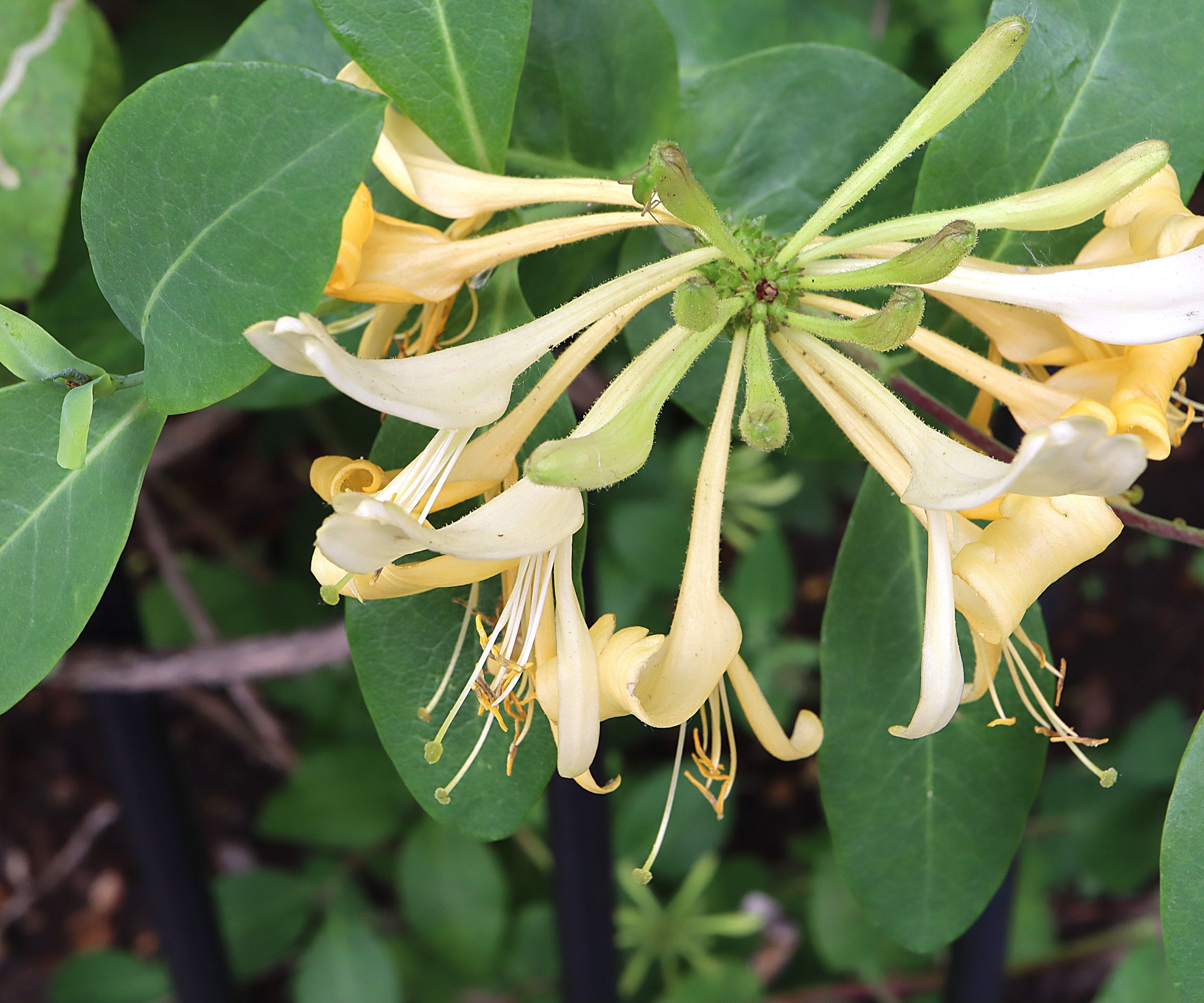
Often grown as an ornamental plant, Japanese honeysuckle has fragrant white to yellow flowers and small, black berries. But as it climbs by twinning itself round neighboring flora and other objects, it can create a dense, sprawling mat on the ground or heavy arbor overhead.
‘This species is notorious for its ability to choke out native plants in both warm and temperate climates,’ says Bob Berriz. ‘I recommend a combination of physical removal and careful herbicide application.
'Begin by cutting the vines as close to the ground as possible and removing the debris. Apply a glyphosate-based herbicide directly to the cut stump to prevent regrowth – a method known as cut-stump treatment. You can find this type of herbicide on Amazon. You can also make your own weed killer using vinegar and dish soap.
'Repeat treatments may be necessary due to the plant's stubborn nature,’ he adds.

Bob has worked in landscaping and design for 30 years, and is the founder of the award-winning Berriz Design Build. This high-end company is a one-stop shop to transform the houses and gardens of homeowners in Northern Virginia.
3. Yellow Archangel (Lamiastrum galeobdolon)
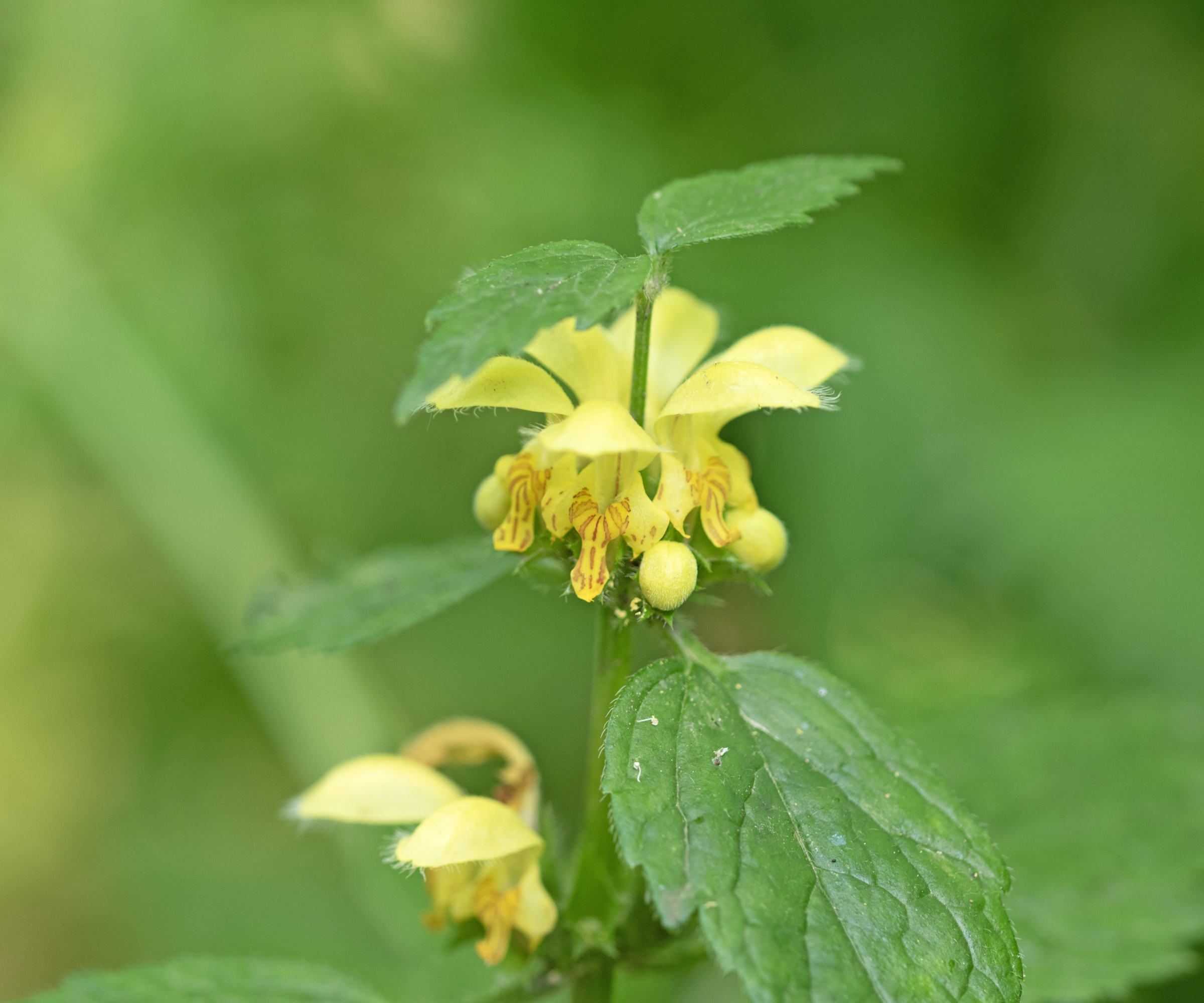
The yellow blooms and green and white foliage are a telltale sign of this particular plant which can grow fast in shady areas.
'Yellow archangel thrives in Zones 3-8 (on the USDA Plant Hardiness Zone map) and is highly invasive, to the effect that it competes with native ground covers and understory,’ warns horticulturist Nathan Thorne.
‘Ways to control it include manual pulling up of the plant together with the use of herbicides, preferably in the early spring.’

Nathan is an environmental horticulturist and CEO of Handy Flowers with over 15 years of expertise in garden restoration and invasive species management. He knows how to prevent them from proliferating and overwhelming natural flora.
4. Ground Ivy (Glechoma hederacea)
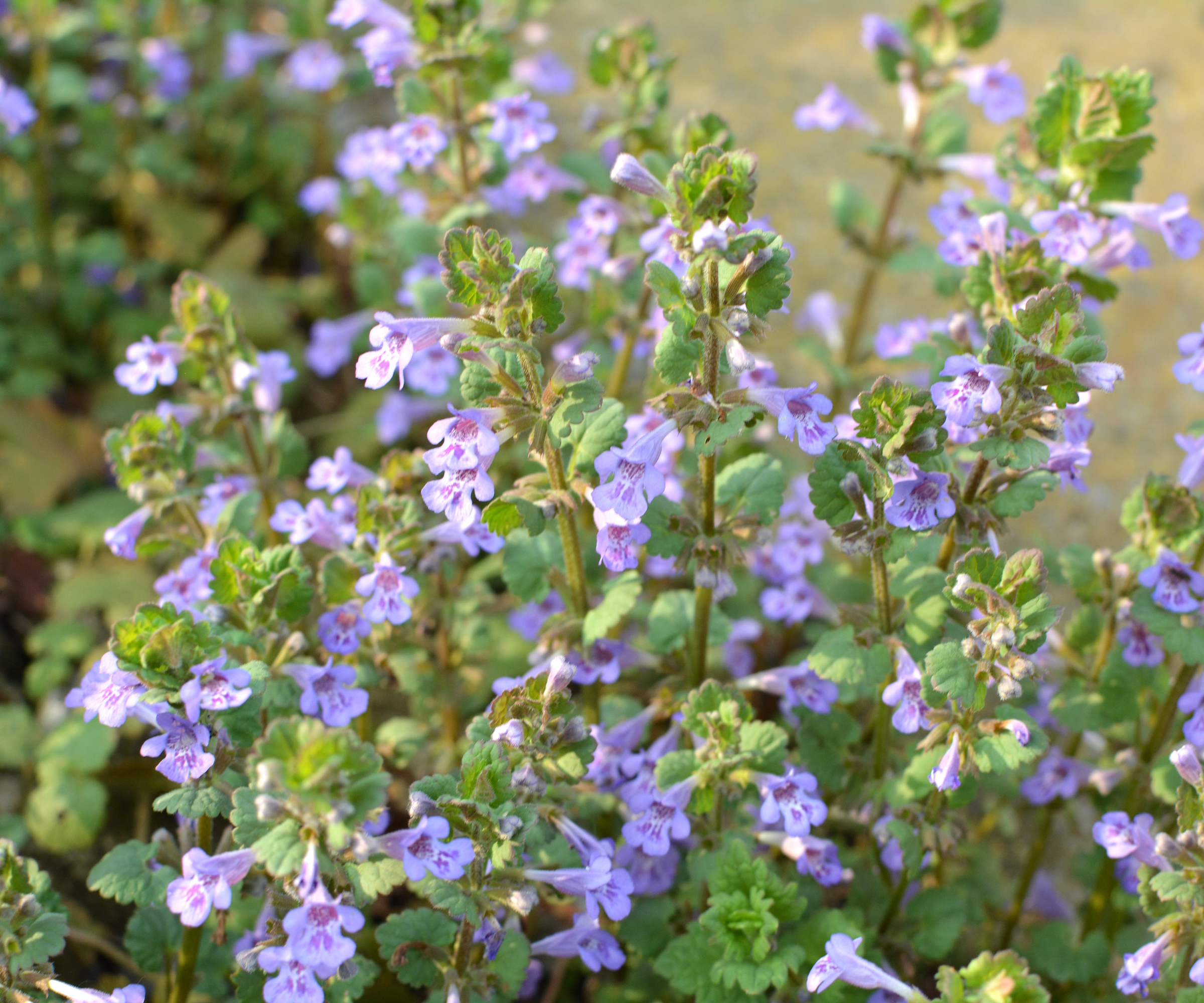
Another plant that becomes more floral foe than friend is ground ivy, a perennial herb with deeply lobed leaves and violet blue flowers.
‘Ground ivy, which can be found in zones 4-10, can form dense mats that tend to smother plant growth and development particularly in lawns and garden beds,’ says Nathan.
‘A good technique to deal with it is to pull it out and hoe the ground to the point where no roots remain. You can also apply herbicides.’
Regularly hoeing the ground with a tool like the DonSail Scuffle Garden Hula Hoe from Amazon can help you keep it free of invasive plant roots.
5. Common Periwinkle (Vinca minor)
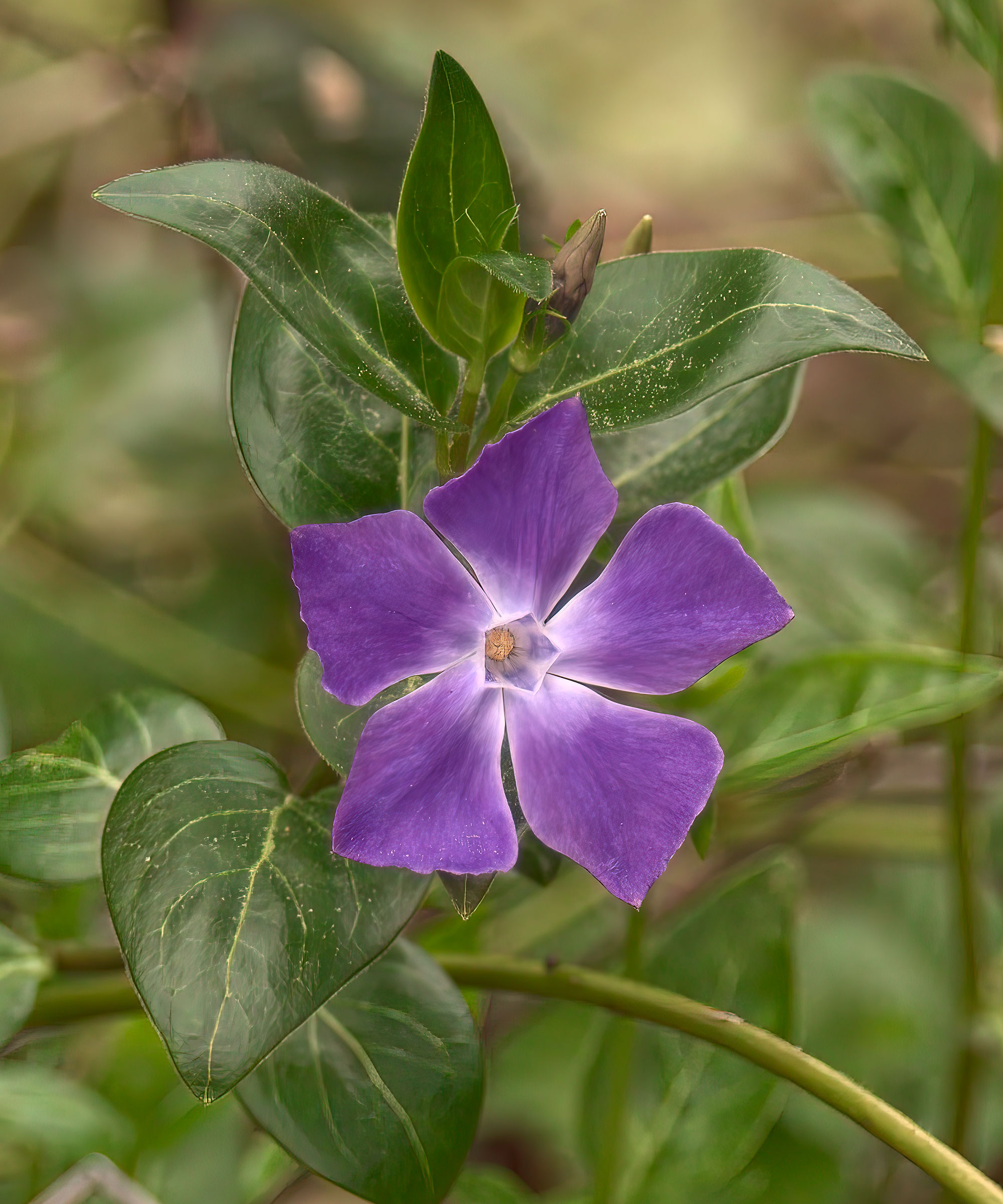
This prettily named plant has glossy green oval leaves and dainty bell-shaped blue-violet flowers.
Drought-tolerant, shade-loving and quick-spreading, periwinkle is often used as ground cover to suppress weeds. But it can become a threat to your yard itself if not kept under control warns Joe Gerrior, owner of a landscaping business.
'This plant spreads aggressively and can suffocate other vegetation. To manage it, manual removal is essential – pulling out the plants and their runners, getting as much of the root system as possible.
‘For larger infestations, apply a glyphosate-based herbicide cautiously, minimizing environmental impact,’ he advises.

Joe runs Gerrior Masonry & Landscape Construction Corp., a family-owned business based in Woburn, Massachusetts. He has been serving residential and commercial clients for over 34 years, and is experienced at knowing how to deal with invasive plants.
6. Myrtle Spurge (Euphorbia myrsinites)
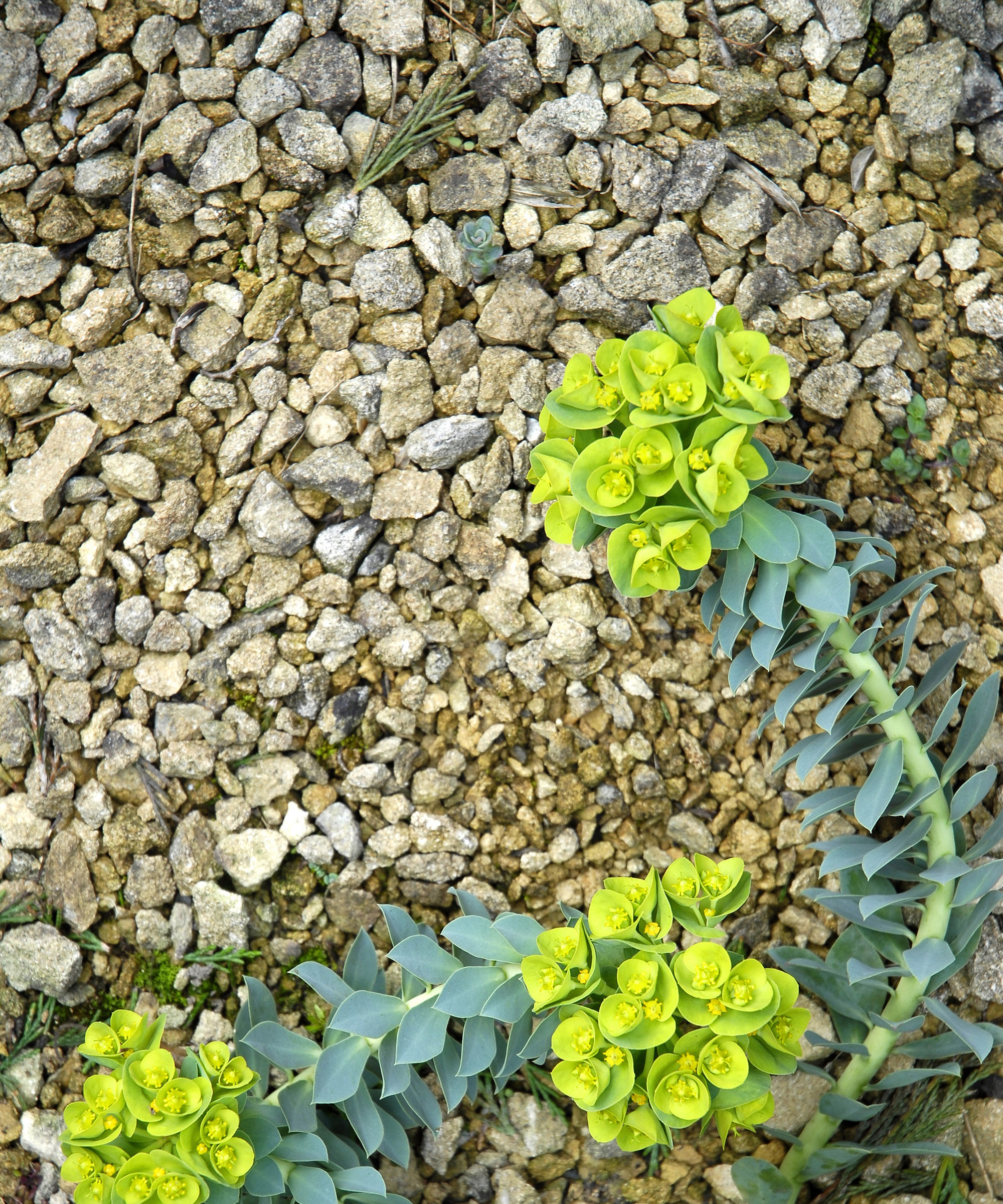
If you live in an area that is dry and sunny, beware of the evergreen succulent myrtle splurge, which has a distinctive spiral-like appearance and yellow-green flowers.
This isn’t only invasive, it is also toxic to humans and pets, as the sap can burn and irritate the skin, causing redness and swelling, and it is poisonous if swallowed.
‘This requires careful handling, says Joe. ‘If you’re pulling them up by hand, wear gloves to avoid skin irritation. ‘Digging out the root system completely can prevent regrowth. Applying a systemic herbicide can also serve as an effective measure.’
7. Lesser celandine (Ficaria verna)
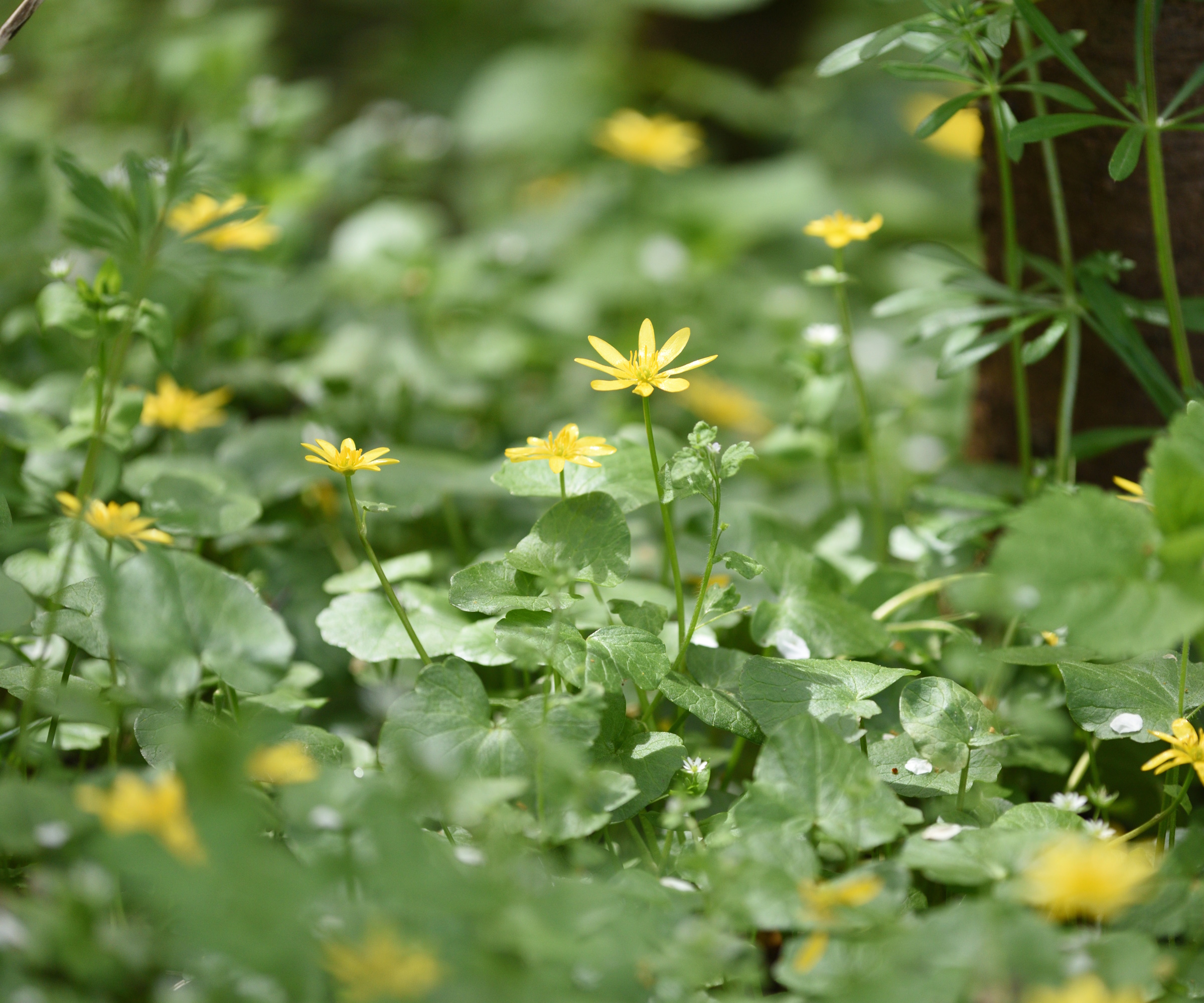
‘Invasive ground cover plants can ruin a property's aesthetics and health, says Steve Schumacher, who owns a residential and commercial landscaping firm.
‘The lesser celandine, which has shiny, kidney-shaped leaves and yellow flowers, is prevalent in moist, shady areas, and can form dense mats that smother native plants.
‘To control it, dig up the plants, preferably in early spring before they produce bulbils and tubers, being careful to remove all underground parts.
'For significant outbreaks, a glyphosate-based herbicide can be used, but it's crucial to follow up with continuous monitoring to catch any new growth.’
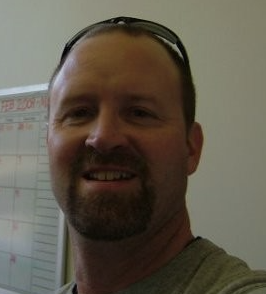
Steve has run Boston Landscape Co. since May 1991. His team is dedicated to delivering top-notch landscaping services to clients across Greater Boston and the North Shore.
8. Wedelia (Sphagneticola trilobata)

‘In warmer climates, the wedelia is a common invader. It has bright yellow, daisy-like flowers and serrated leaves,' says Steve. 'This plant can quickly form dense mats and is particularly challenging to eradicate due to its ability to root at nodes.
‘Hand-pulling or mowing can help manage its spread. Consistent effort is key in keeping these invasive species at bay, ensuring the long-term health and beauty of your landscape.’
Not all invasive, rapidly growing plants and weeds are unwanted – in fact, some make great finds for foragers; a topic we explore in our interview with professional forager Tama Matsuoka Wong.
Sign up to the Homes & Gardens newsletter
Design expertise in your inbox – from inspiring decorating ideas and beautiful celebrity homes to practical gardening advice and shopping round-ups.

Alison is a contributing gardens writer for Homes & Gardens, writing on a range of topics from plant care to garden design. She has recently landscaped the outside space of her Victorian home, replacing crazy paving and cracked slabs with new lawn, and is currently cultivating a fruit bed.
-
 I gave the ‘try-for-five’ method a go in my small home – it's a brilliantly easy way to beat chore procrastination in seconds
I gave the ‘try-for-five’ method a go in my small home – it's a brilliantly easy way to beat chore procrastination in secondsThis method is great for those with executive dysfunction
By Chiana Dickson Published
-
 Josh Brolin’s maximalist living room: love it or hate it? Our readers were split, but where do you stand on this memorabilia-packed space?
Josh Brolin’s maximalist living room: love it or hate it? Our readers were split, but where do you stand on this memorabilia-packed space?Maximalism has a way of dividing opinions among design aficionados, and few spaces are quite as decisive as the actor's unique, yellow living room
By Megan Slack Published